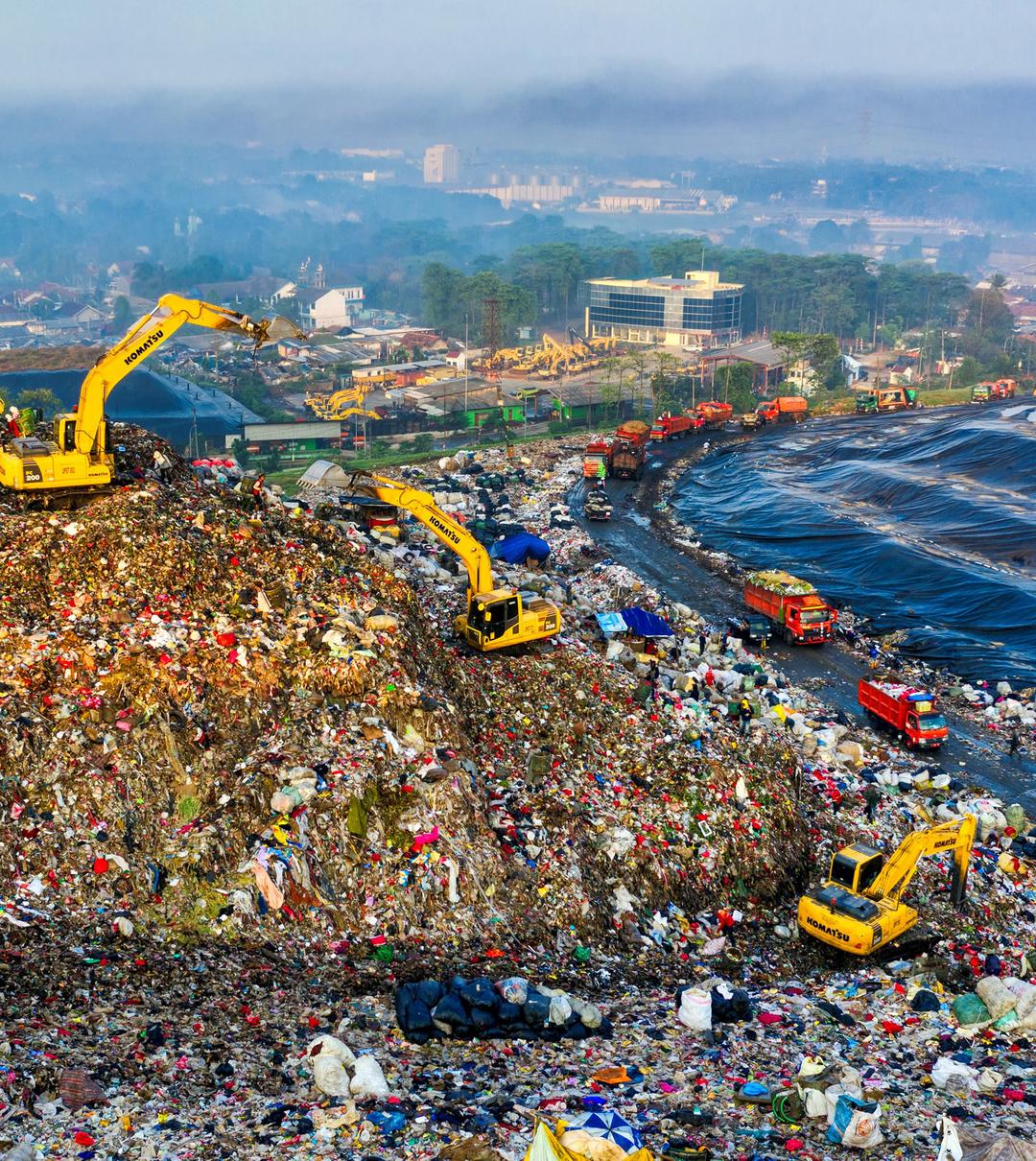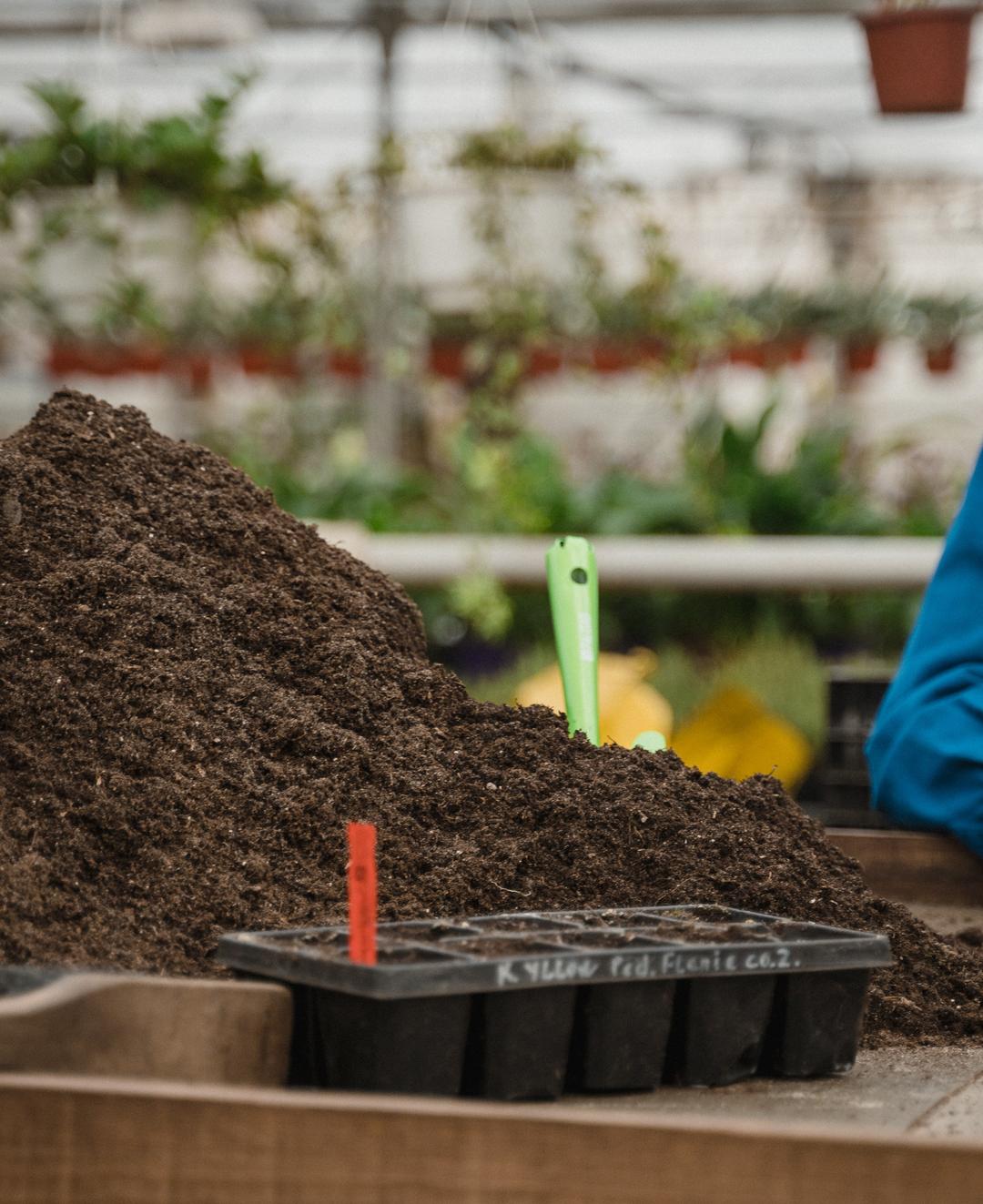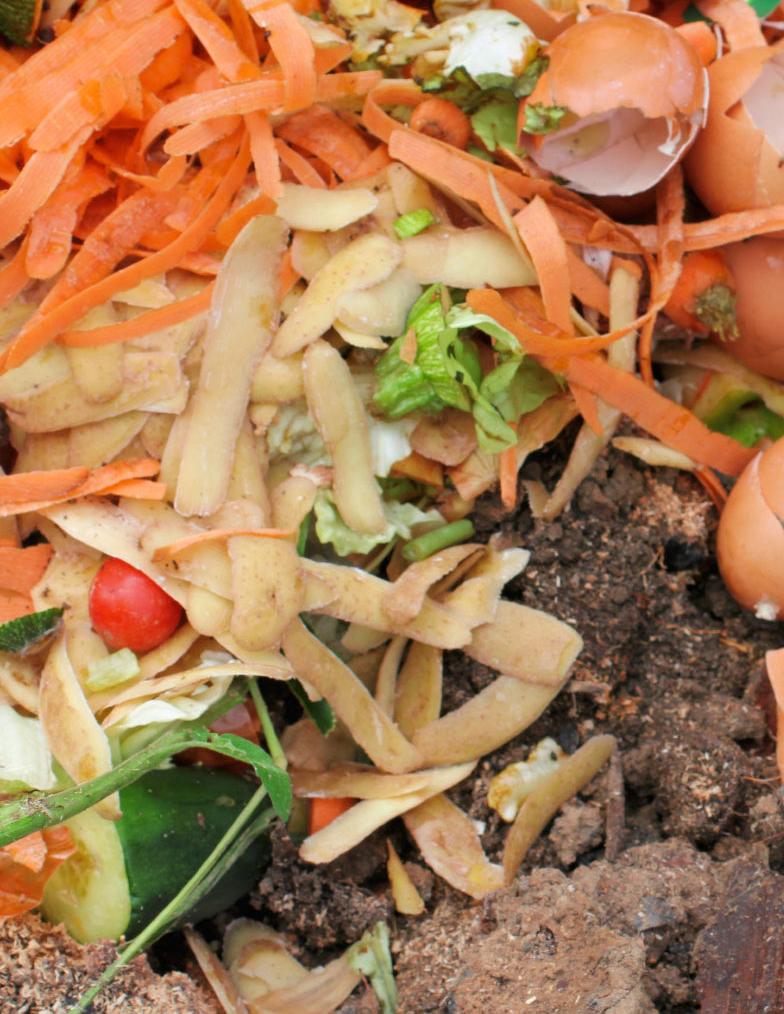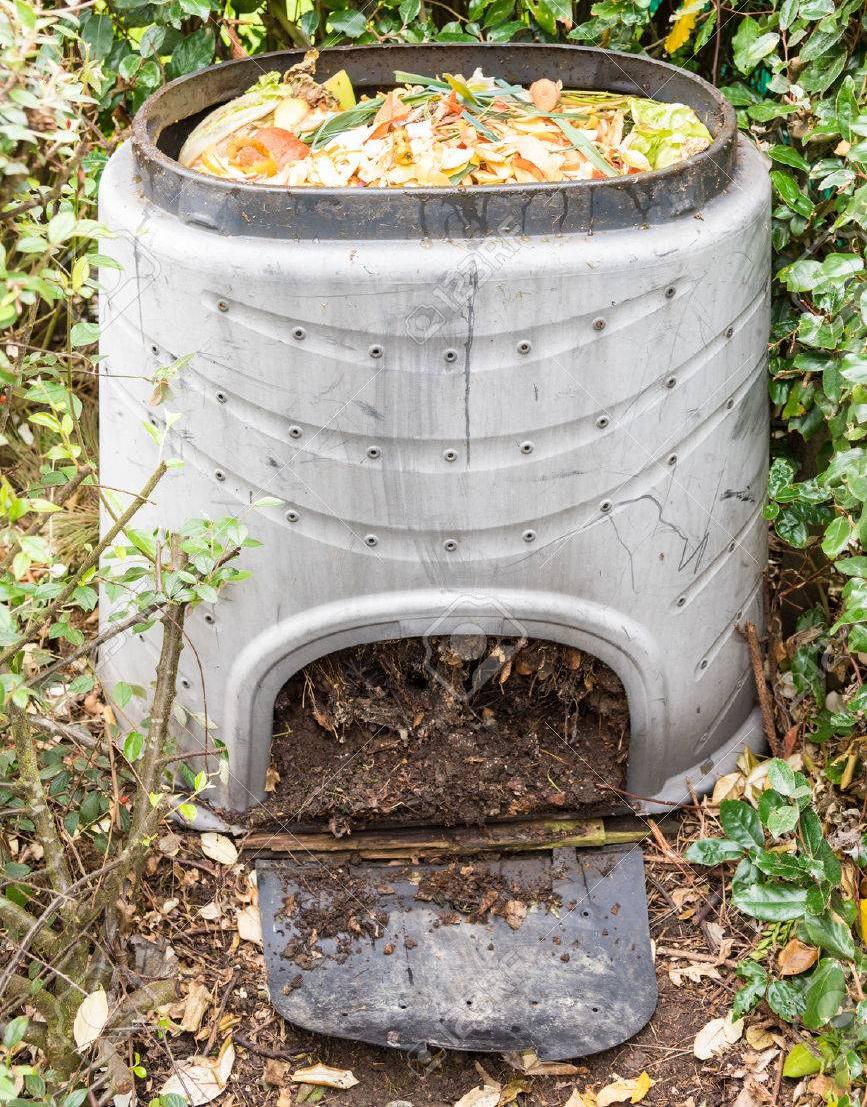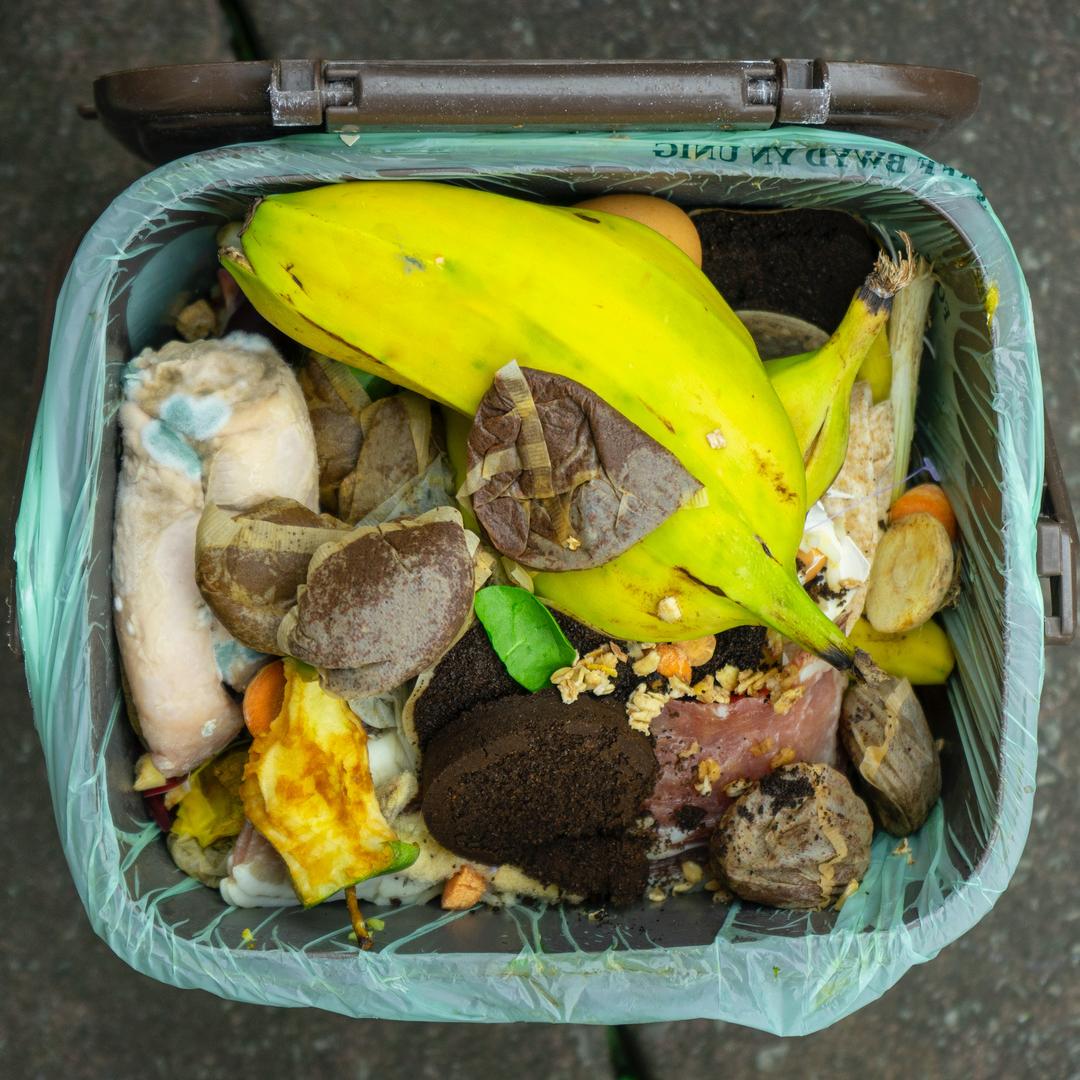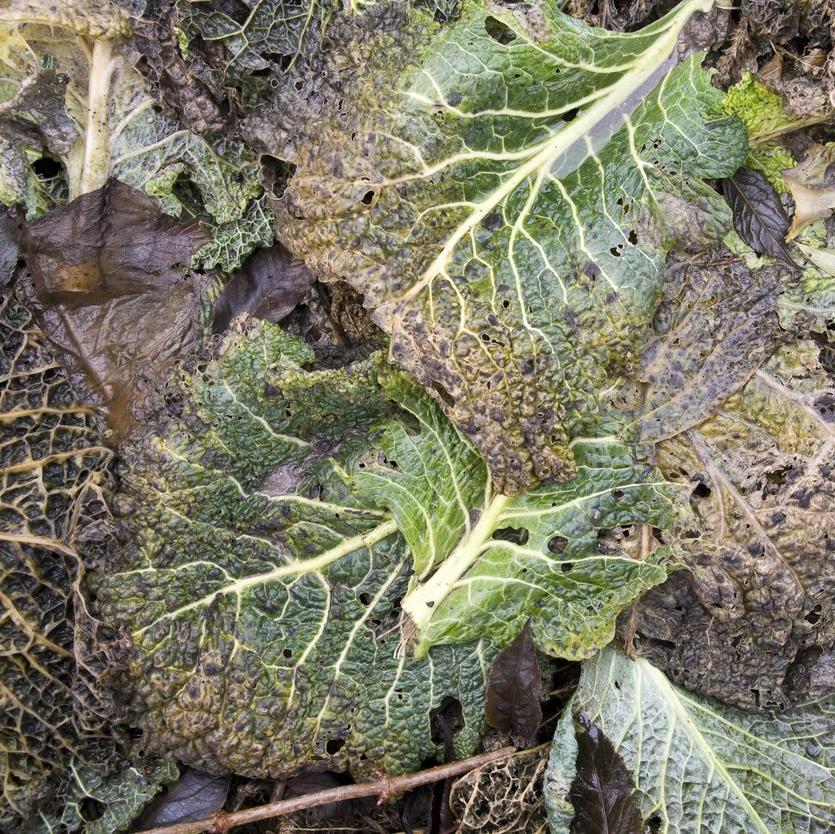Grounds For Change: Only YOU Can Prevent Overflowing Landfills Through Composting
In the mid 1940’s a character was introduced as part of an initiative to bring awareness to a growing problem here in the United States.
This shovel carrying character, a shirtless, hairy mammal donning a ranger’s cap and blue jeans, implored the help of every US citizen.
If you know who I’m referring to, can you remember his plea?
Smokey Bear taught us that “only YOU can prevent forest fires.”
He made the problem of forest fires personal. Smokey taught us that each and every person could help the environment as we worked together to prevent forest fires.
Speaking for the US alone, we are trashy people, generating nearly 210 million tons of trash annually.
And, with nearly 40 million tons of landfill trash consisting of organic materials, just as was the case with forest fires: YOU can help!
Recycling papers, plastics, and glass isn’t the only way to reduce and reuse! You can also decrease the amount of landfill waste by composting!
And, we’re going to one-up Smokey’s plea when it comes to our trashy problem, because when you help reduce the amount of trash that ends up in overflowing landfills across the nation by composting, you can also personally reap the rewards of your efforts!
So, pour yourself a cup of coffee to enjoy as you read further, and don’t toss out those grounds just yet, you may find them more beneficial than you once thought! ;)
The 411 On Composting
My grandparents always kept a plastic ice cream pail sitting on their kitchen countertop.
Throughout the day, especially after meals, my grandpa would scrape the scraps from plates, or from my grandmother’s efforts in meal prepping, into this container. When the bucket was nearly full, he would take it out to the nearby cornfield and dump the organic matter near the edge of the field, always in the same spot.
At the time, my grandparents simply explained the practice as a way to keep foods out of the kitchen trash can to avoid any odors. What they were essentially doing though, was composting (minus the need for a few tweaks, that is).
You see, all living, growing things, sooner or later, will decompose.
Composting is what happens when we recycle organic materials (often kitchen and garden waste) by collecting these items, storing them together thus allowing them to break down or decay.
The bacteria present in these materials combine with oxygen and moisture to create compost, an incredibly nutrient-dense, humus-like material that can be used as fertilizer, mulch, and essentially a healthy plant food to boost your floral and garden crop yield.
Methods Of Composting
Where you live, the amount and type of organic waste you produce, and how quickly you wish to produce and use your compost can determine the method you choose for composting.
Some folks choose to play the long game, incorporating a process often referred to as cold or passive composting.
This method involves little to no effort or maintenance, breaking down the matter slowly over time.
Since organic matter decomposes naturally, those individuals with very little matter to compost often choose to leave their piles untended, allowing mother nature to take her course, yielding usable compost in 1-2 years.
Some potential problems with this method include the possibility for lingering pathogens to remain in the compost as the pile may not get hot enough to kill off bacteria, fungi, and parasites, etc.
Another, more popular, method of composting is known as the hot method.
Hot composting, while it does involve some work on your part, is a much faster process that can yield mature compost in anywhere from one month to one year.
As this is the most preferred method, the next section (how to compost) will deal with the details of this process/method.
How To Compost
While bacteria and fungi will be doing most of the work to break down the materials in your compost pile or bin, there are a few things you’ll need to do as well.
For an indoor compost bin:
- Obtain a plastic storage bin (10-18 gallons is recommended, but smaller options like 5 gallon buckets can work as well).
- Drill holes on the top of the bin or bucket for aeration.
- Meat, dairy, and fats are not recommended for indoor bins as they produce more odor.
- Particularly, smelly items like onions and watery items like melons and squash aren’t recommended for indoor bins either.
- Add dried leaves, shredded paper, or coffee grounds to your indoor bin to provide carbon and nitrogen and keep the contents from getting too moist.
- Turn or mix the contents of the bin to avoid both wet and dry pockets from forming. You can use a shovel for larger bins or simply roll the bin around to mix the contents if using a bucket.
- Chopping or shredding the materials you add to your compost pile can speed up the composting process.
- Some indoor commercial bins come with worms or other accelerators that speed up the composting process, and you can also purchase odor controllers for indoor bins.
- Keep in mind that mature compost will come from the bottom of your bin.
For an outdoor compost bin (if you have the space available, an outdoor bin is recommended):
- Choose a dry and shady site that is downwind from your home. Avoid areas with poor drainage and areas in direct sunlight.
- When composting outdoors, you may choose to simply heap your compostable materials into a pile or use a built structure out of wood, concrete, or even chicken wire. These may be simple open structures that allow you to turn the compost on top and collect mature compost from the bottom.
- Some type of covering on top of the compost pile is recommended to avoid the buildup of excess rainwater and transfer from the wind.
- You may also choose to purchase a commercial compost bin.
- Covering the pile with soil is recommended by some who say alternating layers of carbon and nitrogen rich materials is beneficial.
- Moisten, but do not soak, the compost.
- After moistening, it is recommended to leave the pile for at least 4 days for the initial decomposition to begin.
- After this time, you’ll daily monitor moisture levels, add new layers of material, and turn the compost with a shovel or compost fork to aerate the pile. Some commercial bins allow you to simply turn, or rotate a circular bin, omitting the need to turn the materials with a shovel.
- Keep in mind, though you’ll be adding new material and turning to aerate the pile, the finished or mature compost (because it is smaller and more smooth) will settle to the bottom of the pile.
What To Compost
So then, what goes in the compost bin or pile?
- Coffee grounds (I told you we’d be needing those grounds, and there’s more on this to come!) You can even compost your paper coffee filters (or filter bags) and napkins
- Tea and tea bags
- Kitchen scraps (These would primarily consist of things like produce trimmings, onion skins, banana/orange/potato peelings, apple cores, etc.)
- Egg shells
- Meat and dairy (It is advised to only use these in a well-maintained outdoor compost pile and when they’ve been blended in a blender or food processor to reduce size and speed up the rate of decomposition.)
- Garden waste
- Dead leaves
- Grass clippings (Just be careful not to add too much as this can cause too much of an increase in the nitrogen levels in your compost pile.)
- Sawdust
- Straw
- Newspaper
- Rinsed or soaked seaweed or kelp (rinse to remove or decrease levels of salt)
What Not To Compost
While there are several items that are easily compostable, there are some things you should not add to your compost pile.
So, skip the following when it comes to composting:
- Diseased plant material
- Any garden waste that has been exposed to the use of chemicals like pesticides or fertilizers
- Weeds (the seeds and roots can then spread to your garden when you use the compost)
- Larger branches or stalks that may take too long to break down in your pile
- Meat (depending on type and method as listed in the section above) and bones
- Leftovers or plate scraps that are not plant material
- Human and pet waste or pet litter
- Ash or charcoal (toxic to soil)
Using Your Compost
First, be sure to get hands-on in this process. Check to see if your compost is ready to use by scooping up a handful to observe the following:
- Scent: Your compost shouldn’t smell sour. Ammonia-like odors or sour smells coming from your compost are a good sign that it’s not ready to use. Mature compost has been likened unto the scent of a forest on a wet day, a slightly sweet, yet earthy, fragrance.
- Color: Compost that is ready to be used should be a rich, dark brown color, often referred to as “black gold” for its hue and rich nutrient quality.
- Texture: The texture of mature compost is smooth and crumbly. You shouldn’t be able to identify the components of the compost. For instance, visible peelings or leaves would indicate the compost is not ready to be used.
- Temperature: Compost that is ready to use should not be warm (within 10 degrees of the outdoor temperature). As the composting process produces heat, and if your compost pile is warm, it is not yet ready.
- Size: A mature compost pile is said to be reduced by one third of its original amount.
When your compost is mature and ready to use, you can…
- Steep your compost to make a concentrated (nutrient-dense) liquid to use on your plants, allowing the roots to absorb the nutrition directly.
- Use as a nutrient-dense mulch, spread evenly (not too thick, a 3-6 inch raked layer is recommended) over the soil surface of a garden to prevent weed growth, slow evaporation after watering, and feed the plants.
- Make your own potting soil by mixing 1 part compost, 1 part topsoil, and 1 part vermiculite.
- Add 1-2 inches of compost on a lawn a week or so prior to planting to improve soil quality and ensure a nutrient dense bed for sowing seed.
- Sprinkle a healthy amount of compost in raised garden beds to help with nutrient and water absorption and runoff.
- Add compost to planting holes to feed perennial flowers (spring and fall).
- When transferring potted plants, be sure to add compost to the soil for better absorption and growth.
- When planting a garden, use compost in the planting holes of items needing a large amount of nitrogen such as melons, tomatoes, squash, cucumbers, and eggplant. Also, be sure to add a healthy layer of compost on your garden in the fall (post-harvest). This will nourish the soil and then be tilled into the soil to feed your garden in the springtime.
Benefits Of Composting
Possibly, the biggest immediate benefit of composting is reducing the amount of solid waste you and your family generate.
And, sure, compost can benefit your garden, your lawn, and your soil, but what about the rest of the world? Does composting benefit the whole world, or just your world?
Actually, using compost and adding it to your soil can help to filter your local water sources.
Since compost can hold up to 20 times its own weight in water, adding it to your soil increases water penetration. As the water then seeps down through layers of rock it replenishes the local sources in your area (springs, lakes, and ponds).
And, as we learned in Finding Nemo “all drains lead to the ocean,” essentially stating that all water eventually finds its way to the ocean. Therefore, cleaning up your local water sources can go a long way to helping clean up the water in our oceans.
As most soil erosion is caused by excess water, compost’s ability to retain water also prevents topsoil erosion.
When organic, compostable matter is sent to landfills, it lacks the proper environment to properly compost. Instead, in landfills these materials will rot and cause excessive methane emissions.
So, your compost pile can decrease the methane and carbon emissions from your community. (I think I can envision a new mission for Smokey Bear here!)
Composting can also reduce food waste, waste disposal costs, and farming costs (by using compost as fertilizer) benefiting your community.
Coffee Grounds In Your Compost Bin
Have you finished that cup of coffee yet? And, you remembered to save the grounds, right?
We briefly mentioned above that you can add coffee grounds and even your paper coffee filter or napkin to your compost pile, but coffee is far more fabulous than just a one-liner. You already knew that, didn’t you. ;)
After preparing your coffee, you can use the nitrogen-rich grounds to add a thin layer to then be mixed throughout your soil as a slow-release fertilizer (you want to mix with the soil to avoid a dry layer forming on top).
And, according to the EPA, you can even add used coffee grounds to keep away pests (from ants, mosquitoes, snails, slugs, rabbits, deer, and other mammals).
But, how can those grounds help your compost heap?
- Coffee grounds added to your compost pile can later encourage the growth of microorganisms that are beneficial to plant growth as well as attracting things like earthworms and other biota to the soil where you use your mature compost.
- Adding coffee grounds (considered a green material due to their nitrogen content) and brown compost material such as shredded paper or leaves creates a more nutrient balanced compost.
- The experts have weighed in stating that worm composters do exceptionally well with the addition of coffee grounds.
- As coffee grounds are a natural pesticide, the compost produced from your bin or pile will reap this benefit.
- Composts that incorporate coffee grounds can improve the very structure of the soil where it is used. Crops thrive in such soil as it provides the proper environment for seeds to germinate and roots to grow.
- Some sources claim that using coffee grounds in compost, then used in flower beds and gardens, can act as a repellent for cats, keeping them from using the area as a litter box. (This is most effective when grounds are used directly in the soil.)
- Coffee grounds can be used as needed alternating layers in a compost pile. When using coffee grounds as a “soil layer” in your compost pile, a mixture of ⅓ coffee grounds, ⅓ leaves, and ⅓ fresh grass clippings is recommended.
- Used coffee grounds will not spoil. As you won’t want a compost pile consisting primarily of coffee grounds, you can store any excess grounds in a trash container near your bin to use when needed.
By the way…
In the past there have been concerns regarding the acid level of coffee grounds in compost piles. And, while those concerns have largely been debunked, acidity levels in Lifeboost coffee are almost as alkaline as water, making acidity of no concern here anyways.
While caffeine is still present in coffee grounds, those levels are very low, and when mixed with other materials in your compost pile or bin, those levels are diluted even further.
Lifeboost
At Lifeboost, I’m sure you already know that we’re continually striving to bring you the healthiest cup of coffee on the planet.
But, did you know that as we do this, we’re also seeking to improve the state of the planet as well?
Our coffee is grown in the mountain shade, negating any need for acts of deforestation and the need for pesticides and fertilizers that harm both the coffee and the environment.
Using sustainable farming methods, the biodiversity of the areas where our coffee is grown is both protected and improved. We also support the Rainforest Trust to help protect the areas where our coffee is grown.
So, with all we’ve just learned about composting, now you can rest assured that not only are you drinking a healthy cup of coffee, but adding your Lifeboost coffee grounds to your compost pile can be beneficial too: for your home, your community, and the world!
References
https://www.fs.usda.gov/features/story-smokey-bear#
https://www.dumpsters.com/blog/us-trash-production#
https://www.epicgardening.com/composting-with-coffee-grounds/
https://www.gardeningknowhow.com/composting/ingredients/coffee-grounds-gardening.htm
https://dontwastethecrumbs.com/composting-basics-for-beginners/
https://www.growveg.com/guides/a-common-sense-guide-to-using-coffee-grounds-in-the-garden/
https://extension.oregonstate.edu/gardening/techniques/coffee-grounds-composting
https://www.thespruce.com/tips-for-indoor-composting-2539618#
https://growensemble.com/benefits-of-composting/
https://home.howstuffworks.com/composting.htm
https://www.nrdc.org/stories/composting-101
https://www.sare.org/publications/crop-rotation-on-organic-farms/physical-and-biological-processes-in-crop-production/crop-rotation-and-soil-tilth/
https://www.hunker.com/12405954/coffee-as-a-repellent
https://learn.eartheasy.com/articles/how-to-use-finished-compost/
MEDICAL DISCLAIMER
This content is for informational and educational purposes only. It is not intended to provide medical advice or to take the place of such advice or treatment from a personal physician. All readers/viewers of this content are advised to consult their doctors or qualified health professionals regarding specific health questions. Neither Dr. Charles Livingston nor the publisher of this content takes responsibility for possible health consequences of any person or persons reading or following the information in this educational content. All viewers of this content, especially those taking prescription or over-the-counter medications, should consult their physicians before beginning any nutrition, supplement or lifestyle program.
